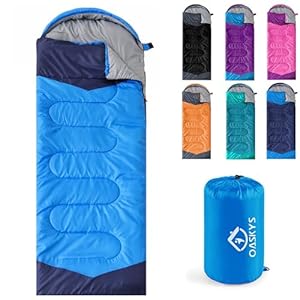
Wes Littlefield 01.16.25
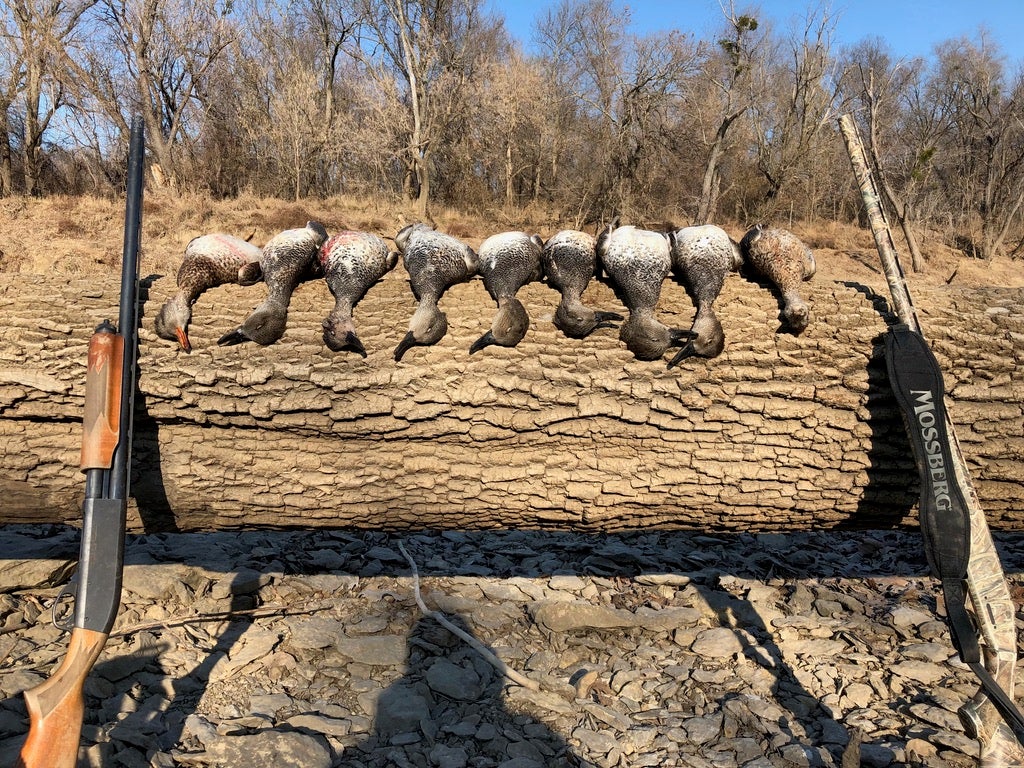
Many issues should be made when shopping for a brand new waterfowl looking shotgun. One of the crucial important is the gauge. Two of the commonest are 12 gauge and 20 gauge, however which is best? Effectively, that is determined by a number of elements that we’re about to debate. Let’s start with all the advantages of a 12 gauge shotgun, the professionals, the cons, and whether or not you need to be bringing one with you out within the area for duck and goose looking.
Duck and Goose Looking Protection on AllOutdoor
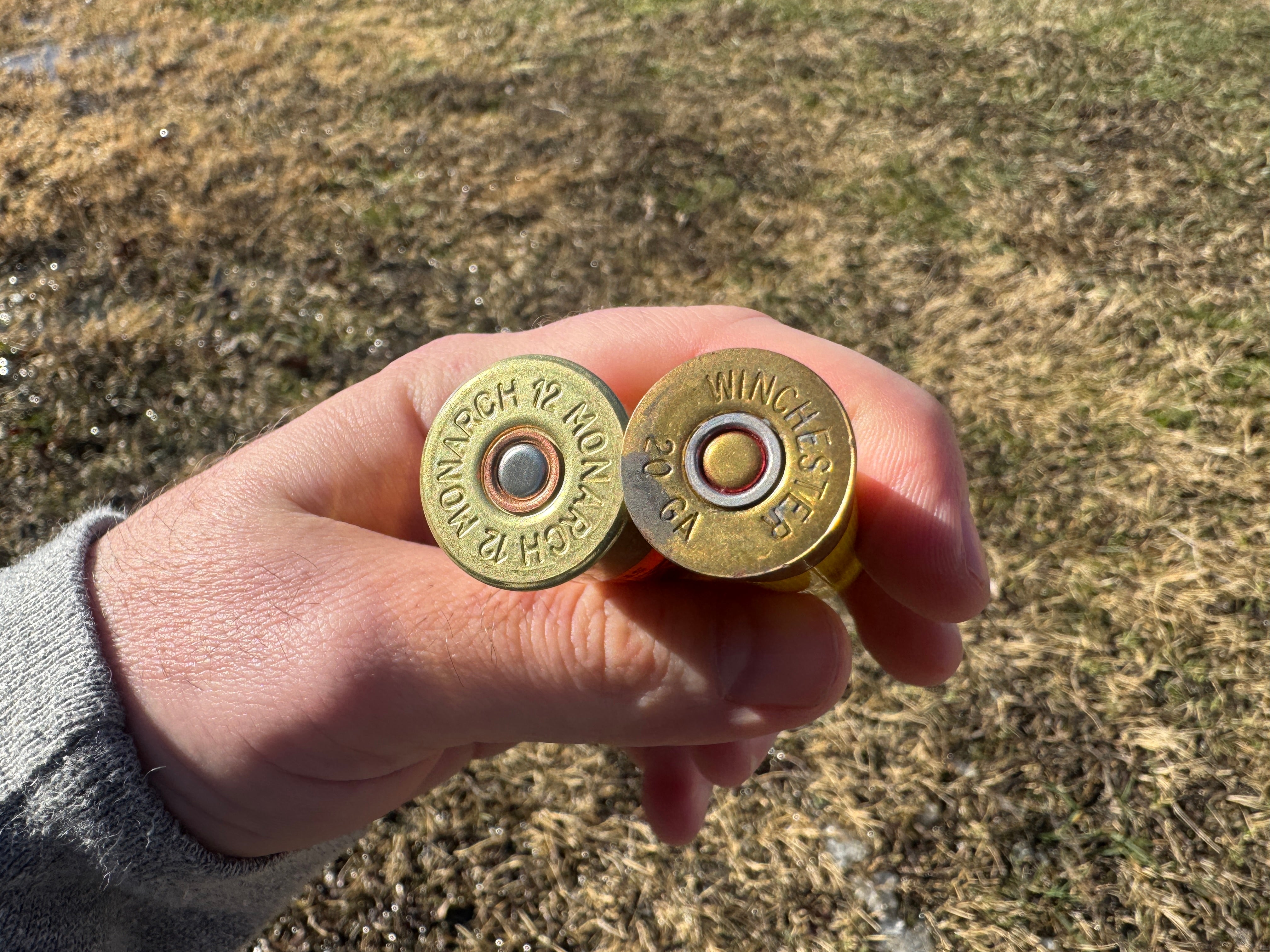
12 Gauge Shotgun
There are a lot of the explanation why the 12-gauge shotgun is the first alternative for waterfowl hunters. Under, I’ve included as many as I might consider off the highest of my head:
Execs
- Extra pellets per shell
- Massive ammo choice
- Loads of stopping energy for big waterfowl species
- There are many shotgun decisions
Whereas having extra pellets per shell isn’t the rationale why many hunters declare that they love the 12 gauge, it’s all the time a major contributing issue. Extra projectiles per shell means you may have a better proportion of hitting the fowl. Since not all of us are sharpshooters, most waterfowl hunters welcome these further pellets.

I primarily hunt with a 12-gauge shotgun due to the massive ammo choice. With a 12-gauge, I’ve a greater shot measurement, kind, and shell size choice, which suggests I can higher tailor my ammo choice to the species I’m focusing on for that hunt.
I’m an enormous fan of Sandhill Crane and large Canada Goose looking, however you want highly effective shells to cease these giant birds. I do know some guys use a turkey load for Sandhill Cranes for the extra stopping energy, however I’ve discovered 12 gauge BB and T-shot to be a lot whereas looking these large birds.
Lastly, for the reason that 12 gauge is a well-liked shotgun, extra firearms producers make weapons on this gauge, which means you may have extra choices to get the proper gun for you. You’ll be able to select between an over-under, pump-action, or semi-auto that shoots 3” or 3 ½” shells.

As a lot as I really like utilizing a 12 gauge shotgun for waterfowl looking, there are a couple of downsides that saved me from utilizing one up to now.
Cons
- Heavier recoil
- Specialty rounds are nonetheless costly
As a baby, my dad purchased me a 20 gauge shotgun as a result of I couldn’t deal with the recoil from his 12 gauge. I weighed 60 Lb soaking moist, so a heavy recoil firearm would rapidly put me on my butt or damage my shoulder. At the moment, I don’t advocate a 12 gauge for any recoil-sensitive shooter as a result of it has extra kick, particularly when utilizing 3 ½” waterfowl load shells.
The opposite con is how costly the specialty masses are regardless of extra hunters shopping for them. Tungsten and different specialty waterfowl masses are nonetheless overpriced, it doesn’t matter what gauge you’re utilizing, which doesn’t make sense for the 12 gauge due to what number of hunters purchase these rounds.
20 Gauge Shotgun
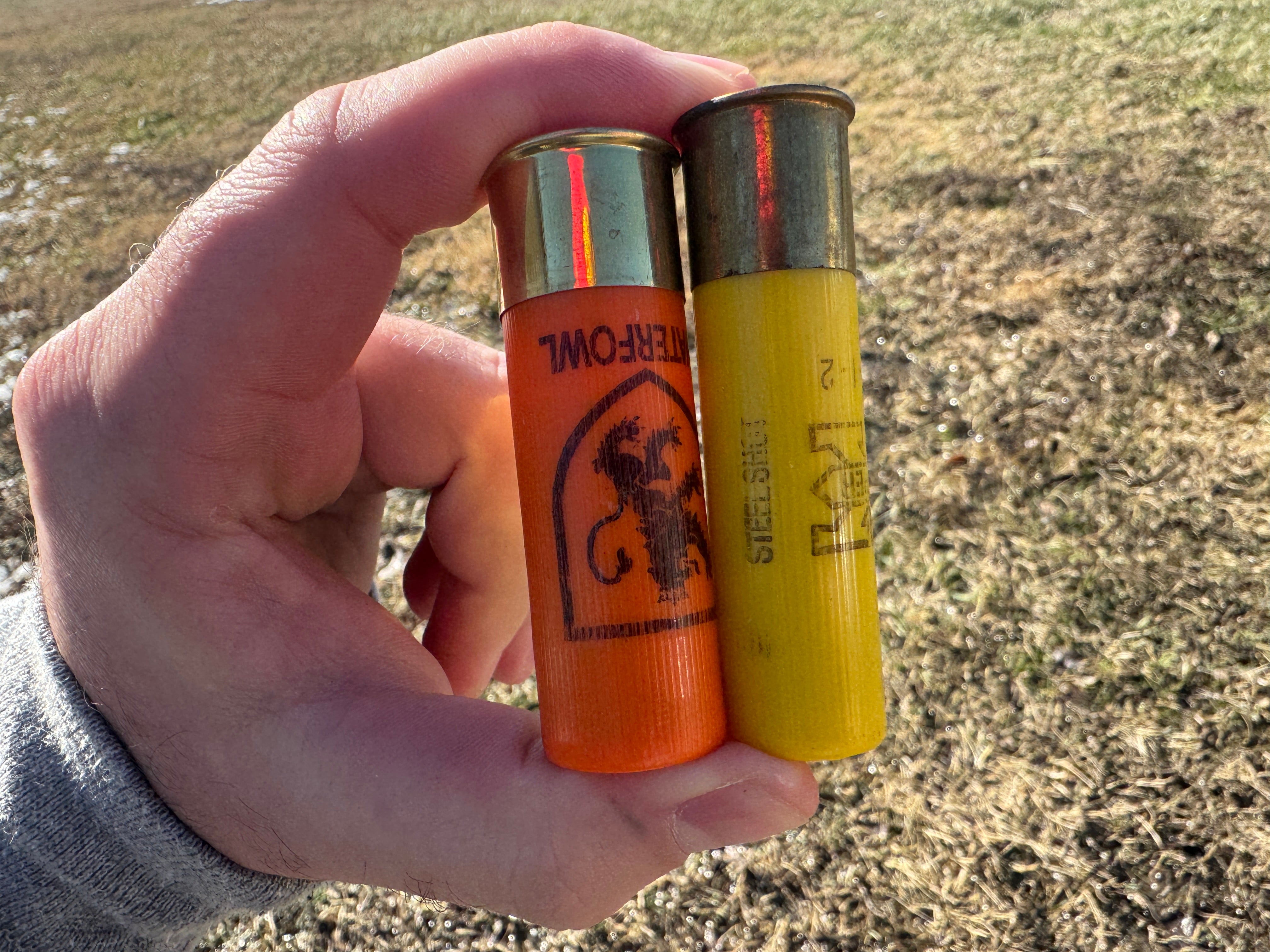
With the event of tungsten pellets, smaller gauges just like the .410 Bore and 20 Gauge have surged in recognition for waterfowl and turkey looking. Do they now have the facility to take giant Canada Geese and Sandhill Cranes, or are they nonetheless restricted to teal looking?
Execs
- Much less felt recoil
- Lighter shotgun
- Higher for youths
- Usually cheaper
As I discussed, my dad purchased a 20-gauge pump shotgun so I might go duck looking with him. Essentially the most important motive he selected a pump-action youth 20-gauge was the decrease recoil than his previous 12-gauge. I’ve heard some individuals complain in regards to the 20 gauge having extra recoil, however in my expertise, this hasn’t held true, particularly when firing 2 ¾” shells.
Surprisingly, the 20 gauge shotguns I’ve used for duck looking have been lighter and had much less felt recoil. That is ultimate for youths and hunters who don’t have the energy to shoulder a giant, heavy 12 gauge.
It’s most likely as a result of I’m a bit biased, however I consider the 20 gauge is best for youths due to the decrease recoil and lighter shotgun. It additionally teaches them to goal just a little higher since 20 gauge shotshells have fewer pellets per shell than 12 gauge shells of the identical size and pellet measurement. My child’s first duck looking shotgun was my previous 20 gauge hand-me-down shotgun.
Lastly, 20 gauge shells are usually barely cheaper since much less materials is getting used whereas making them. Nevertheless, this isn’t all the time the case, as fewer individuals use a 20 gauge, and a few locations jack up the costs on 20 gauge shells.
Now, a couple of downsides accompany utilizing a 20 gauge shotgun for duck and goose looking.
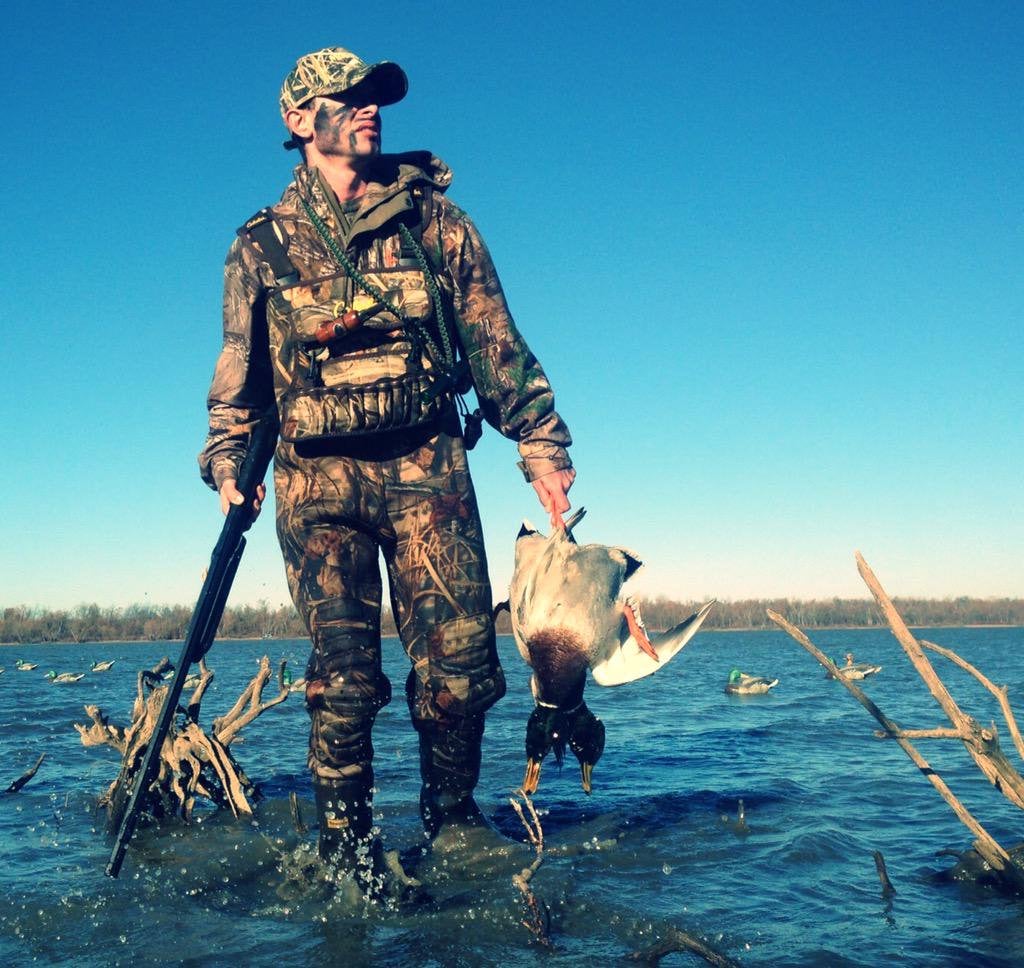
Cons
- Fewer pellets per shell
- Specialty ammo is dear
- Fewer shotgun decisions
As I briefly touched on, there are fewer pellets per shotshell of the identical size and shot measurement, so that you’ll must be extra correct when utilizing a 20 gauge.
As I discussed, 20 gauge specialty ammo continues to be costly and sometimes overpriced as a result of fewer individuals use it than 12 gauge ammo.
Lastly, 20 gauge hunters are inclined to have fewer choices for shotguns, or it’s a must to look just a little more durable and longer to seek out the one you need. Whereas, you possibly can go to most out of doors shops and choose up the 12 gauge shotgun you’ve been for weeks.
Parting Pictures
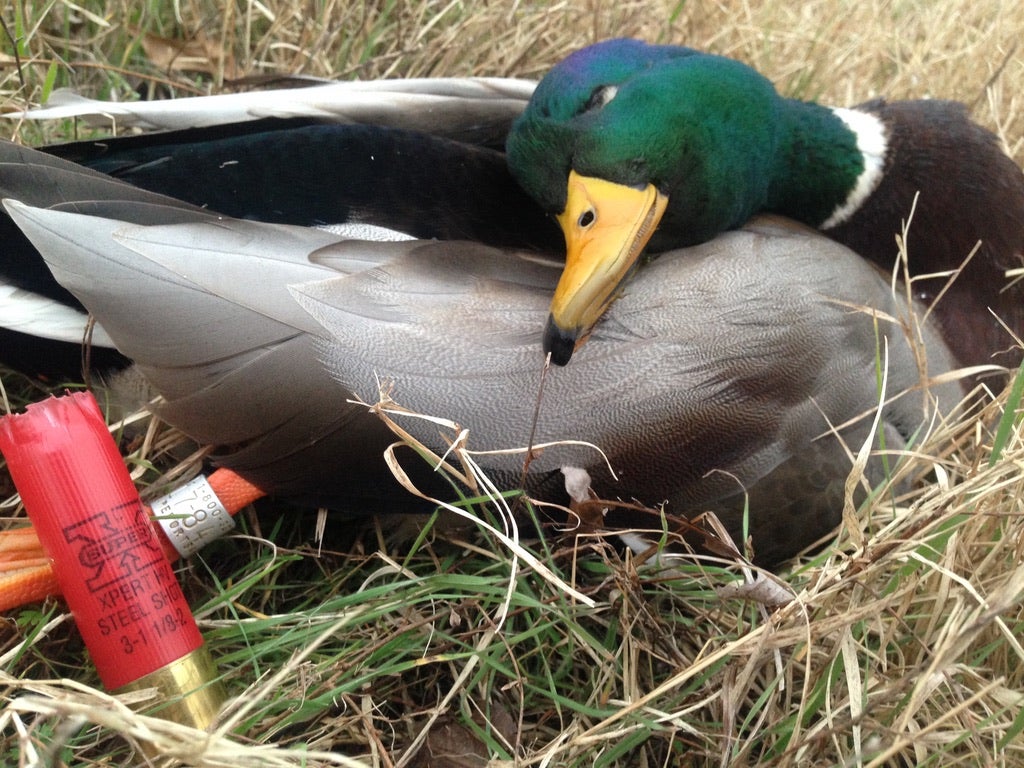
Except I’m trying to problem myself or simply feeling just a little nostalgic, I seemingly have a 12 gauge within the duck blind. I’ve discovered it to be the higher alternative, as a rule. Nevertheless, the 20 gauge may be the higher choice for younger duck hunters, due to its decrease recoil and lighter shotguns. Otherwise you might be like me, personal each, and take a look at them for your self!
Good luck this duck and goose looking season!
Trending Merchandise









